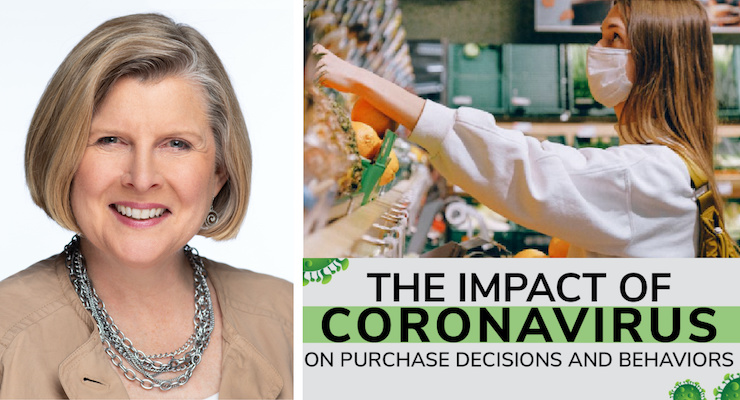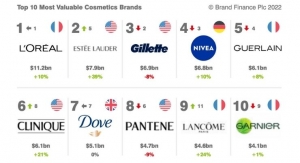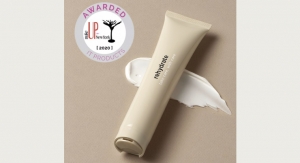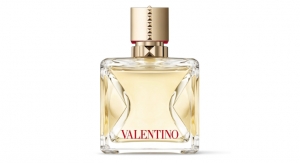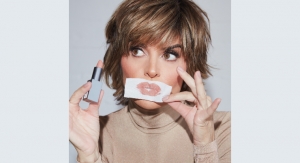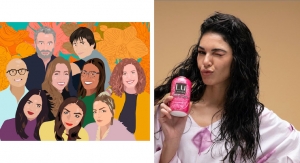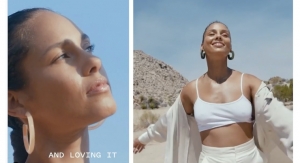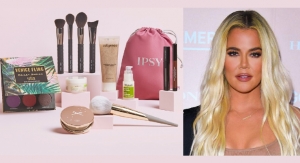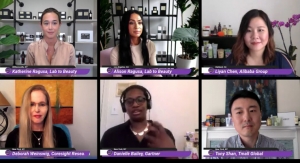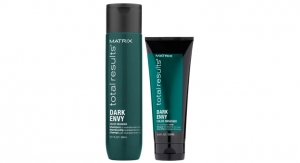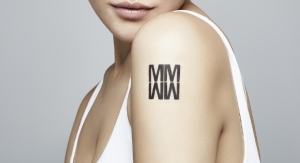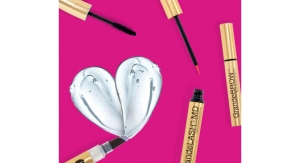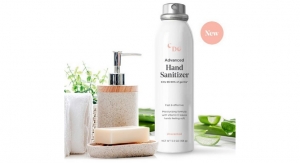Gretchen Jezerc09.18.20
As retailers and brands work to adapt to shifting consumer expectations in a Covid-19 world, recent research found that consumer behavior around shopping for beauty products is changing.
The research, which was conducted by retail predictive analytics company First Insight as part its ongoing series of consumer studies entitled, The Impact of Coronavirus on Consumer Purchase Decisions and Behaviors, found three ways that consumers are changing behavior when it comes to safety, discounting, and frequency of beauty purchases.
Most Do Not Feel Safe Testing Products In-Store, and Malls Feel Least Safe
According to the research, the vast majority of women (80%) do not feel safe trying out beauty products, up slightly from April when 78% of women reported the same.Also, consumers feel least safe shopping in malls, compared to department stores, big box stores and small local businesses.
32% of respondents said they feel unsafe or very unsafe shopping in malls, compared to 20% at department stores, 18% at big box stores like Walmart and Target, and 17% at local businesses like apparel boutiques.
Large Discounts Not Necessary
Further, expectations for discounting around beauty products show that retailers and brands do not need to offer deep discounting in order to entice shoppers to buy.For example, 38% of women would make a beauty purchase for a discount of 30% or less, compared to 29% of women who would purchase for a 30-50% discount, and 14% that would look for a discount of 50% or more.
Further, when asked if respondents thought they would buy higher, lower, or the same priced beauty products compared to pre-pandemic, more respondents said they would buy the same priced products as before the pandemic (47%) compared to lower priced products (37%). Only 14% said they would buy higher priced beauty products.
Beauty Purchases Rising Overall
The research also found that purchasing of beauty products ticked upward compared to a recent study in April.10% of respondents surveyed said that they have been buying more beauty products, compared to only 8% of respondents in early April.
It’s clear that even as people stay home more, beauty products are still a priority purchase for many.
As the industry reshapes to accommodate the needs and preferences of a new kind of consumer during the pandemic, beauty retailers and brands should listen to the voice of their customers, ensure they are offering the right products that their customers seek in a safe environment and price them at levels that meet their needs without leaving money on the table by extending unnecessary discounts.
Photo of shopper by Anna Shvets from Pexels

